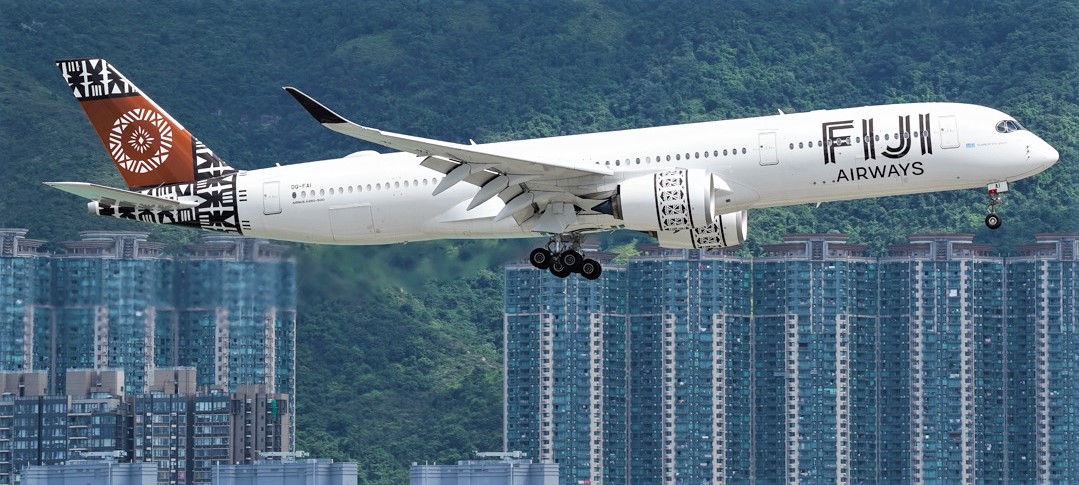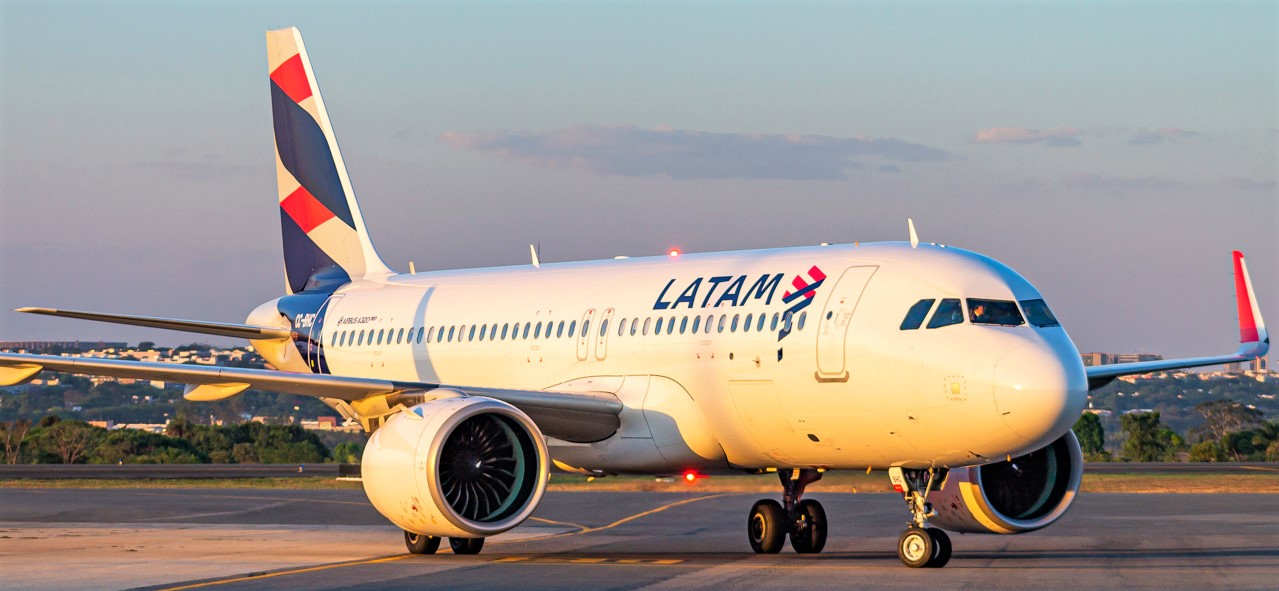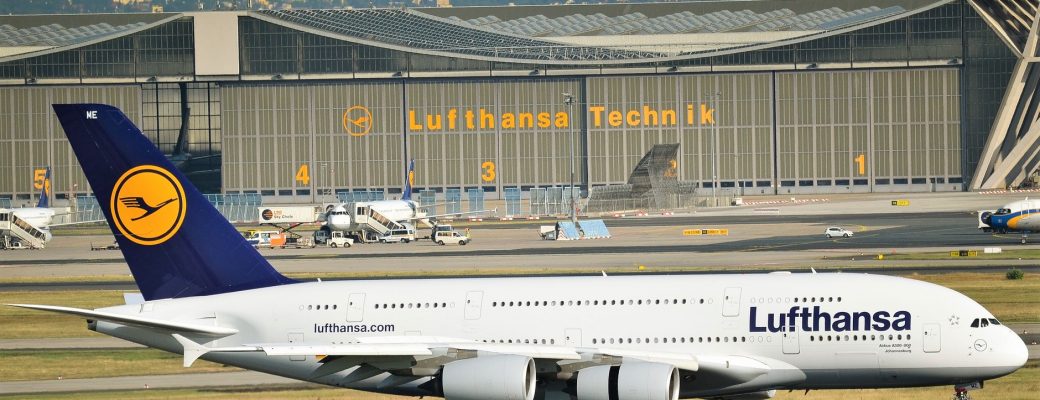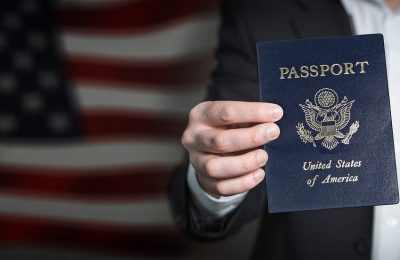Manage my passport? What's to manage, you may be thinking. Well, nowadays there are lots of…
And Even More on the Current Airline Turmoil…
The state of the international airline industry continues its rapid decline with new bankruptcies and other actions being announced on an almost daily basis.
I’ve already reported on South African Airways, Virgin Australia and Virgin Atlantic. Since those initial stories, a lot has happened.
The South African Airways situation is, well, complicated. Several employee unions have sued to prevent the government from forcing the breakup; a decision is pending with no date certain for a final decision.
While that drama unfolds, the government has also indicated that they are in no hurry to sell off the assets since they still hope that a restructured SAA or a private company may continue the nation’s flagship airline, albeit without government financing.
The latter would probably be the best option but only if they have a free hand to deal with the unions in a way that will ensure their long-term viability.
Virgin Australia’s frequent flyer program, Velocity, created a program where they set aside cash should the program fail so they could, ostensibly, pay money to their members for the miles in their accounts. That concept has been put in jeopardy because Velocity has now made a $200 AUD million “loan” to the airline. Whether that trust fund is re-built if Virgin Australia survives is open to debate.
As the blog One Mile At A Time has reported, Virgin Australia has narrowed down its choice of potential bidders from 5 to 2. They are looking for an infusion of $4 billion AUD and are now waiting on final offers from Bain Capital and Cyrus Capital Partners. According to OMAAT, “…both companies are well-funded, have deep aviation experience, and see the real value of the business and its future.”

Here are additional airline-related stories brought on by the COVID-19 emergency:
According to Reuters, “Germany threw Lufthansa a 9 billion euro ($9.8 billion USD) lifeline on Monday, agreeing to a bailout which gives Berlin a veto in the event of a hostile bid for the airline.” Lufthansa was a state-owned airline until 1994 when it was allowed to go public.
This infusion of cash gives the German government a 20% stake in the airline but would increase to 25% plus one share in case of a take over attempt. Lufthansa, which was considered to be in generally good financial health up until the pandemic hit, will likely see Berlin sell its shares by the close of 2023, so this is seen as a purely temporary move.
Fiji Airways has laid off almost 800 employees including every flight attendant and all expat pilots; that’s 53% of the airline’s total workforce. Flights have been suspended at least through the end of June. Like most airlines, Fiji anticipates much-reduced service for many months while the industry ramps back up. Fiji Airways serves 23 cities in 13 countries.
LATAM, the largest airline in South America, has filed for chapter 11 bankruptcy only months after inking a major joint venture deal with Delta.
LATAM operates as a separate entity in each country of operation, and the filing only applies to the units in Chile, Peru, Ecuador and Columbia where they are in talks with those respective governments for bailout funds. The Brazil, Argentina and Paraguay units are unaffected by the bankruptcy filing.
Travel Weekly reports that low-cost Norwegian Air is likely to receive state aid. The Norwegian government is making 2.7 billion kroners ($380 million USD) available as long as the airline increases the amount of the company’s assets held as equity from a bit under 5% to 8% and gains buy-in from their bondholders. This is in addition to the $30 million USD Norwegian already received from the Oslo government.

The fact that airlines are having problems worldwide is certainly no surprise. If no one is allowed to fly or if your customers are afraid to fly, your cash flow is going to come to an abrupt halt and something has to give. Air travel has plummeted to levels unimaginable since 9/11.
As the virus spread from China to the rest of the world, the aviation industry watched helplessly as the bottom fell out of their market. According to the International Air Transport Association (IATA), global airline passenger revenue will drop $314 billion this year, which means their revenues will likely be less than half of 2019.
Based on several stories I’ve read in the travel press, there is a lot of pent up demand for both business and pleasure flying. The airlines that survive will come back slowly and it will likely be many years before they regain some semblance of financial stability.
Personally, I’m ready to start flying in late summer/early fall because other than my age I’m not in any of the high-risk categories. But flying isn’t like going to your favorite big box store or a restaurant. Every person has to determine their own risk threshold and act accordingly. I think much of the flying public is more inclined to take a “let’s wait and see” approach to air travel.

As an avid traveler, Brian has explored and enjoyed cultural encounters in over 40 countries while spending many years refining The Points Game — using credit card sign-up bonuses and other tricks to get nearly free travel. Getting the most out of every trip is an art and Brian launched My Travel Traxx to help others enjoy the art of travel.





Comments (0)